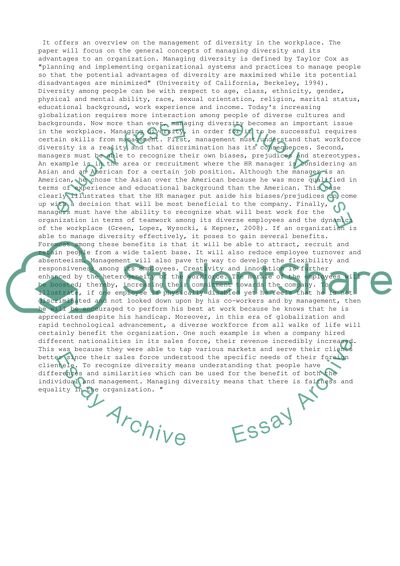Cite this document
(“Final Application Paper Term Example | Topics and Well Written Essays - 1250 words”, n.d.)
Retrieved from https://studentshare.org/management/1426688-final-application-paper
Retrieved from https://studentshare.org/management/1426688-final-application-paper
(Final Application Paper Term Example | Topics and Well Written Essays - 1250 Words)
https://studentshare.org/management/1426688-final-application-paper.
https://studentshare.org/management/1426688-final-application-paper.
“Final Application Paper Term Example | Topics and Well Written Essays - 1250 Words”, n.d. https://studentshare.org/management/1426688-final-application-paper.


